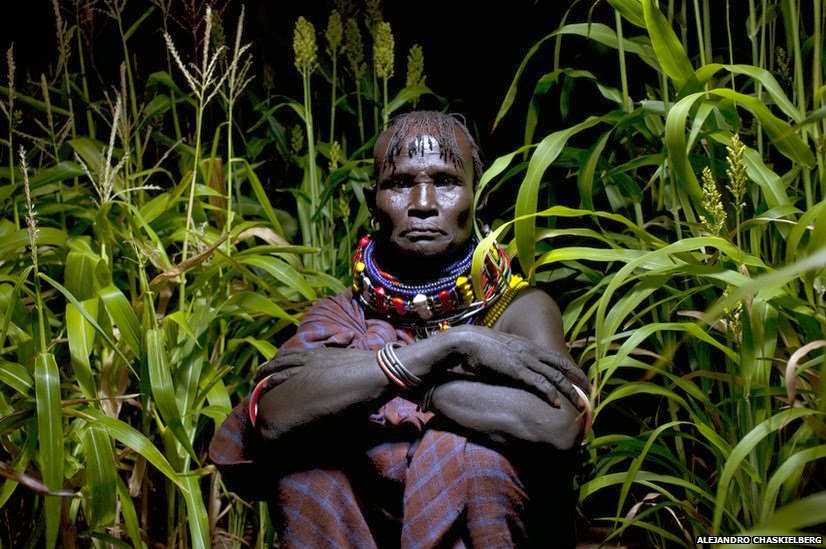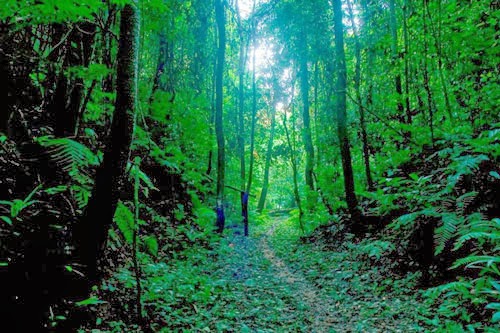More Than 50 Herbal Medicines Hold Possibility for Cancer Cure
Researches explore the probability of some Chinese herbal
medicines to be effective ingredients
in making anticancer drugs. (Photo : Getty Images)
Medical experts and nutritionists have long acknowledged that fruits and
vegetables contain anticancer properties.Mother Nature seemingly holds another key for cancer prevention and treatment.
Chinese scientists learned that 57 kinds of medicinal plants commonly used in creating traditional Chinese medicine have anticancer components, reported Xinhua.
Dai Shaoxing from the Chinese Academy of Sciences (CAS) in Beijing, however, said that additional research should be conducted to determine their full potential to cure cancer.
The fruit of the medicinal plant Siraitia grosvenorii, for one, contains mogrosides, whose extract--the natural compound mogroside V--was tested for its antitumor effect and its probable capability to treat pancreatic cancer, according to CAS website.
The authors who conducted the tests consolidated their works and subsequent findings in a paper titled, “Functional Characterization of Cucurbitadienol Synthase and Triterpene Glycosyltransferase Involved in Biosynthesis of Mogrosides from Siraitia grosvenorii,” published by peer-reviewed online journal Oncogenesis, Plant & Cell Physiology (the official journal of the Japanese Society of Plant Physiologists) and the American Journal of Cancer Research.
In China, Siraitia grosvenorii, commonly called luo han guo, typically grows in Lingui District and Yongfu County in the city of Guilin in Guangxi Province. Other people call it monk fruit, which also grows in Thailand.
U.K.-based National Institute for Health Research (NIHR) funds another study that will explore the possibilities of Chinese herbal medicines to cure recurrent urinary tract infections (RUTIs), according to the University of Southampton as posted on its website.
The researchers from the said public university in England will undertake the task of finding out if Chinese herbal medicines can be used to treat RUTIs and if they can also replace certain antibiotics to treat sore throats and acute coughs.
“Chinese herbal medicine has a recorded history of treating symptoms of UTIs for over 2000 years,” said Dr. Andrew Flower, NIHR Research Fellow in the Complementary and Integrated Medicine Research Unit at the university.
According to the university, “urinary tract infections are the most common bacterial infection presented by women” in the U.K. and likewise common among women in other countries.
U.K.-based National Institute for Health Research (NIHR) funds another study that will explore the possibilities of Chinese herbal medicines to cure recurrent urinary tract infections (RUTIs), according to the University of Southampton as posted on its website.
The researchers from the said public university in England will undertake the task of finding out if Chinese herbal medicines can be used to treat RUTIs and if they can also replace certain antibiotics to treat sore throats and acute coughs.
“Chinese herbal medicine has a recorded history of treating symptoms of UTIs for over 2000 years,” said Dr. Andrew Flower, NIHR Research Fellow in the Complementary and Integrated Medicine Research Unit at the university.
According to the university, “urinary tract infections are the most common bacterial infection presented by women” in the U.K. and likewise common among women in other countries.

